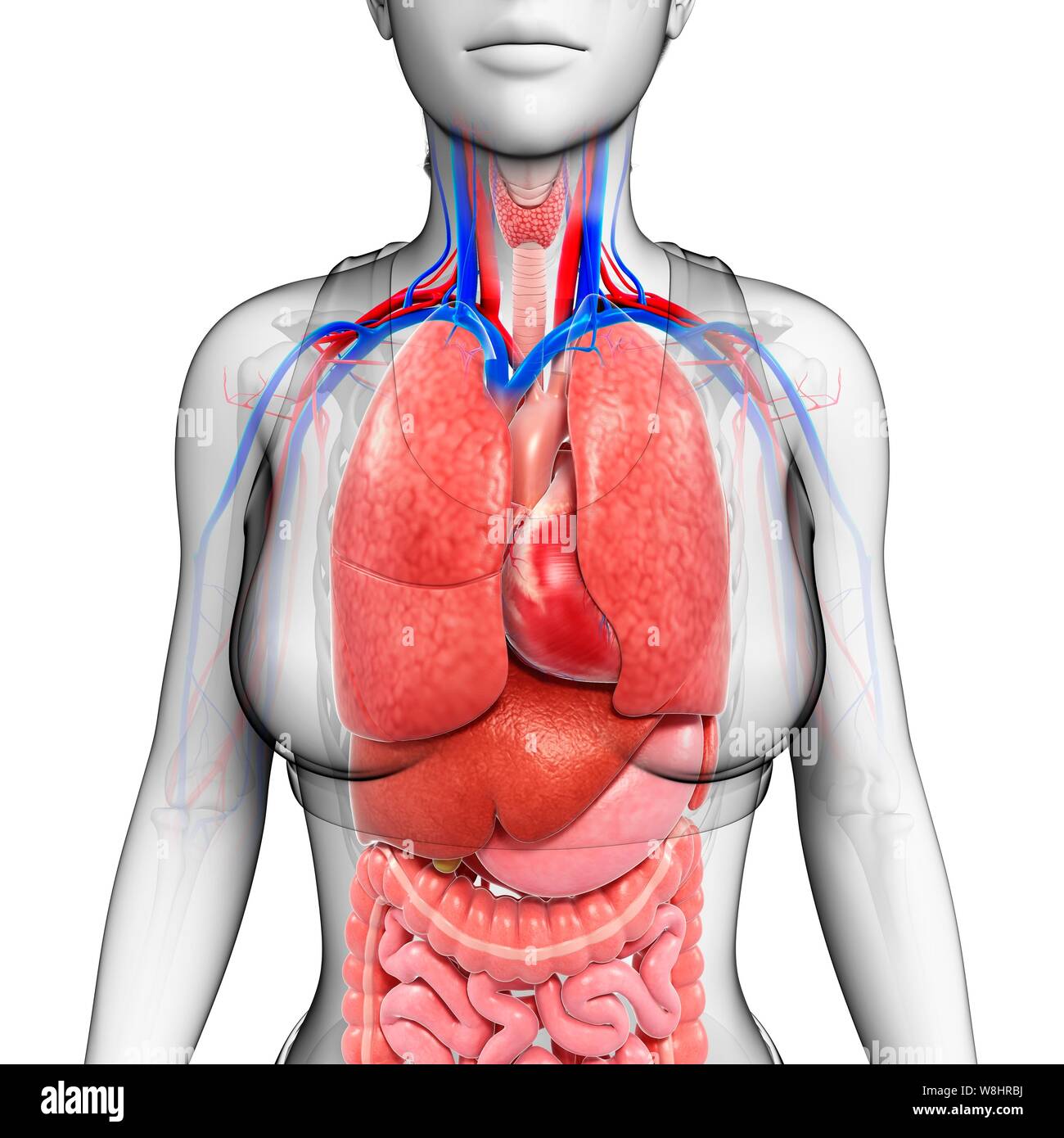
Sperm and sex hormones are made by the testicles.
The human body organs female skin#
Testicles (testes) – oval sex glands located in a skin sack called the scrotum.It exits the penis, through the urethra, during ejaculation. Semen is a mixture of sperm and fluid from the male reproductive organs. Penis – contains tissue that fills with blood during sexual arousal, making the penis erect (or ‘hard’).The male reproductive organs are the penis, the testicles, the epididymis, the vas deferens and the prostate gland: sexually transmissible infections (STIs) – bacterial or viral infections acquired through sexual contact, some of which can cause cancer or infertility.
 infertility – inability to become pregnant. fibroids – non-malignant tumours of the womb. endometriosis – the presence and growth of functioning endometrial tissue in places other than the uterus. Some reproductive health conditions women may experience include: At menopause, the ovaries stop making hormones and eggs are no longer ripened or released. At the start of puberty, the eggs are ripened inside the ovary and one is released every month.Įach egg contains genetic material. The egg (ovum)Ī woman’s entire egg supply is developed when she is still an unborn baby. Read more on ovulation and the fertility window. When you want to have a baby you can improve your chance of getting pregnant if you know about ovulation and the ‘fertile window’ in the menstrual cycle. This is called a period, or menstruation. If the egg is unfertilised, falling levels of the hormone progesterone make the womb lining come away. If the egg is fertilised on its journey down the fallopian tube, it lodges in the womb lining. At mid-cycle, an egg is released from one of the ovaries ( ovulation). The average menstrual cycle is around 28 days.Īfter a period, rising levels of the hormone oestrogen help to thicken the lining of the womb (the endometrium). Hormones secreted by the ovaries and a small gland in the brain called the pituitary gland control the menstrual cycle.
infertility – inability to become pregnant. fibroids – non-malignant tumours of the womb. endometriosis – the presence and growth of functioning endometrial tissue in places other than the uterus. Some reproductive health conditions women may experience include: At menopause, the ovaries stop making hormones and eggs are no longer ripened or released. At the start of puberty, the eggs are ripened inside the ovary and one is released every month.Įach egg contains genetic material. The egg (ovum)Ī woman’s entire egg supply is developed when she is still an unborn baby. Read more on ovulation and the fertility window. When you want to have a baby you can improve your chance of getting pregnant if you know about ovulation and the ‘fertile window’ in the menstrual cycle. This is called a period, or menstruation. If the egg is unfertilised, falling levels of the hormone progesterone make the womb lining come away. If the egg is fertilised on its journey down the fallopian tube, it lodges in the womb lining. At mid-cycle, an egg is released from one of the ovaries ( ovulation). The average menstrual cycle is around 28 days.Īfter a period, rising levels of the hormone oestrogen help to thicken the lining of the womb (the endometrium). Hormones secreted by the ovaries and a small gland in the brain called the pituitary gland control the menstrual cycle. 
Sex hormones are also made by the ovaries.
Ovaries – two small almond-shaped glands that contain ova. These tubes carry the egg (ovum) from the ovary to the womb. Fallopian (uterine) tubes – these tubes extend from the womb, one on each side. The neck or entrance to the womb is the cervix, which has a small hole in its centre called the os. Uterus (womb) – a muscular organ, shaped like an upside down pear. Vagina – a muscular canal around 7.5 cm long that extends from the neck of the womb to the genitals, or vulva. The female reproductive organs are the vagina, womb (uterus), fallopian tubes and ovaries: The ovaries and testicles (gonads) also make sex hormones. Eggs (ova) are made in the ovaries, and sperm in the testicles. New life begins when an egg from a woman is fertilised by sperm from a man.






 0 kommentar(er)
0 kommentar(er)
